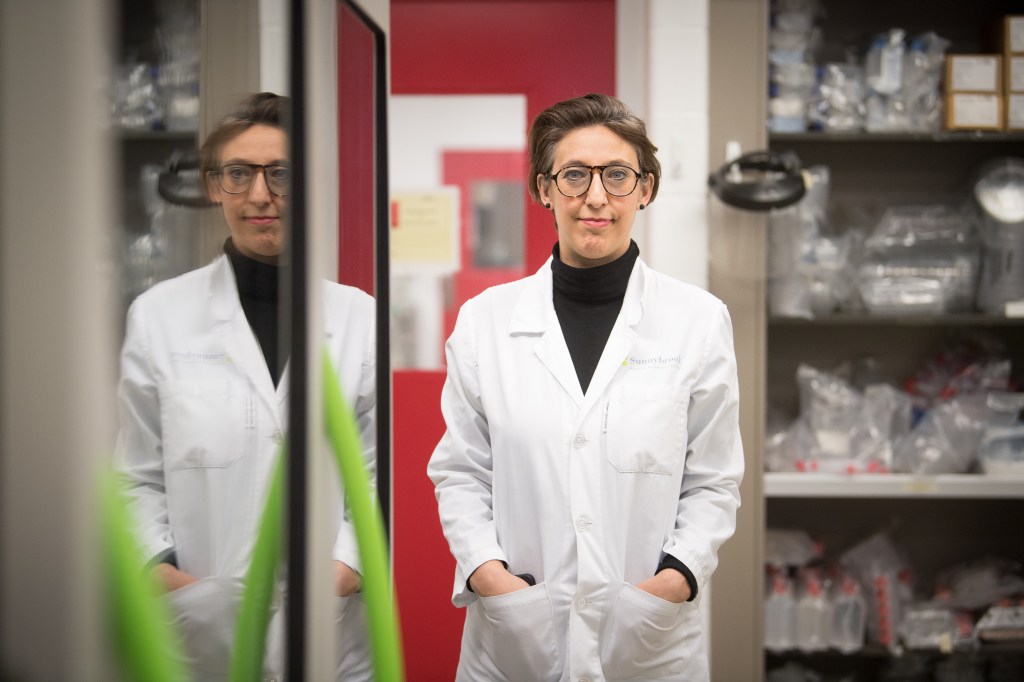
Last week, the city of Brampton confirmed that two dead waterfowl found in the city had tested positive for highly pathogenic avian influenza (HPAI) virus, or bird flu. This follows earlier reports of cases detected in nearby Halton and Niagara Regions, adding the Greater Toronto Area to the growing list of places affected by the virus.
As its name implies, HPAI typically infects birds but since early 2022, there have been growing reports of mammals getting infected and dying of influenza infection across a large geographic area. These mammals range from small land animals like raccoons and skunks to large carnivores like bears and mountain lions, as well as marine mammals like sea lions and dolphins. The illnesses are caused by the H5N1 strain of bird flu that is currently circulating across multiple continents.
To learn more about the bird flu outbreak and what we can do to prepare, I spoke to Dr. Samira Mubareka, an infectious diseases physician, medical microbiologist and scientist at Sunnybrook Research Institute. She is also an associate professor in the department of laboratory medicine and pathobiology in the Temerty Faculty of Medicine at the University of Toronto. Her research uses a collaborative One Health approach to conduct surveillance in wildlife and look at the biology of emerging viruses and transmission between species, including humans.
BZ: How widespread is bird flu right now?
SM: The level of avian influenza activity we’re seeing at the moment is unprecedented. To step back a bit, the first cases in North America were reported in late 2021 in birds in Newfoundland, and from there, it spread along the eastern seaboard into the United States along Atlantic flyways. Subsequently there were cases reported in the west of Canada and the United States, followed by cases in Central and South America. Beyond affecting wild and farmed birds, we are seeing spillover of HPAI into mammals, many of whom die of severe neurological complications. There has also been renewed focus on HPAI because a reported outbreak among farmed mink in Spain, with mammal-to-mammal transmission, and large die-offs of marine mammals, including sea lions. The virus also appears to be reassorting, or exchanging genetic material among H5N1 lineages. All of these represent red flags that reflect an amount of viral activity that we really haven’t seen before. We’ve also never seen this level of bird depopulation, both from die-offs and as a control measure. This has potential to impact biodiversity, wildlife health and conservation, as well as food costs and security. There have been a significant number of outbreaks, including here in Ontario, and some of them have been fairly close to densely populated areas. Having said all this, it is important to underscore that the risk remains low for humans, and that we have not had any human cases in Canada. Regardless, we need to prepare for that possibility.
Continue reading

